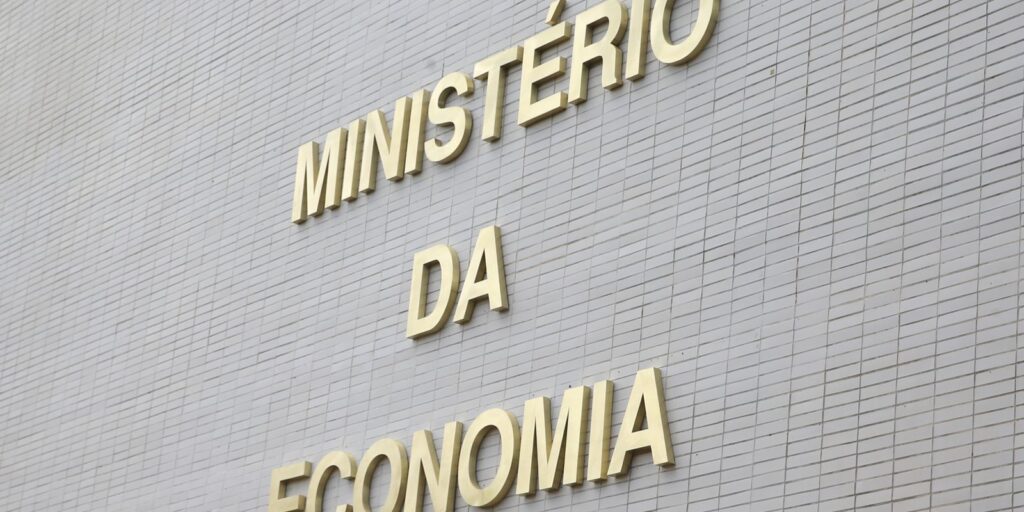In seven months, the price of a gallon of gasoline in Colombia has risen 1,989 pesos, on average, taking into account the 13 main cities. The most recent increase was that of April, of 401 pesos on average.
While in September 2022 the reference price was 9,180 pesos, it is currently in 11,167 pesos, which is a value never seen before in the country.
(See: Government and businessmen will join efforts to reduce inflation).
If you look at prices, there are cities that are paying much more. For example, Villavicencio is the one that registers the most expensive price, with 11,673 pesos, then appear Cali (11,611 pesos), Bogota (11,573 pesos), Manizales (11,564 pesos) and Pereira (11,554 pesos).
On the contrary, the lowest prices continue to be found in cities located in the border area, such as cucuta (9,625 pesos) and Grass (9,316 pesos), since they have some tax benefits that allow the cost to be cheaper compared to the rest of the country.
(See: Public services and rent do not give truce and mark inflation).
For now, the National Government has no plans to stop this upward trend, since is seeking to reduce the fiscal gap that the Fuel Price Stabilization Fund (Fepc) accumulated for months for not making the necessary increases when the prices of oil, gasoline and diesel rose in international markets.
However, these increases have also had a side effect on inflation, which in February and March reached 13.28% and 13.34%, respectively.
Since June of last year, until when there was relative stability in fuel prices, gasoline has contributed 0.4 points of inflation cumulative up to February of this year.
In those 8 months (until February), inflation has been 8.8%, that is, if gasoline and ACPM had been stable, inflation would have remained at 8.4%.
(See: Services regulated by the Government, among those that increase inflation the most).
In the last full year (as of February), the increases in the family basket were 13.28%, and the contribution of fuels in those 12 months was also 0.4 points. In other words, without the escalation of these products, the annual increases in the basket would be below 13%.
Between June 2022 and February 2023, fuel prices increased by 14.3%, 5.5 points more than total inflation in that period.
In this way, within the 188 items in the basket, fuels are one of the five that contribute the most to increases. They contribute 0.4 points of hikes, the same as the imputed rent.
(See: Government measures to curb inflation that does not stop rising).
Meanwhile, Payments for buying a new or used car and urban transport (another price with government control) contribute 0.5 points each. And the expense that contributes the most, with 0.8 points, is ready meals purchased outside the home.
Gasoline.
iStock
LINA QUIROGA BLONDE
WEATHER – ECONOMY AND BUSINESS


















